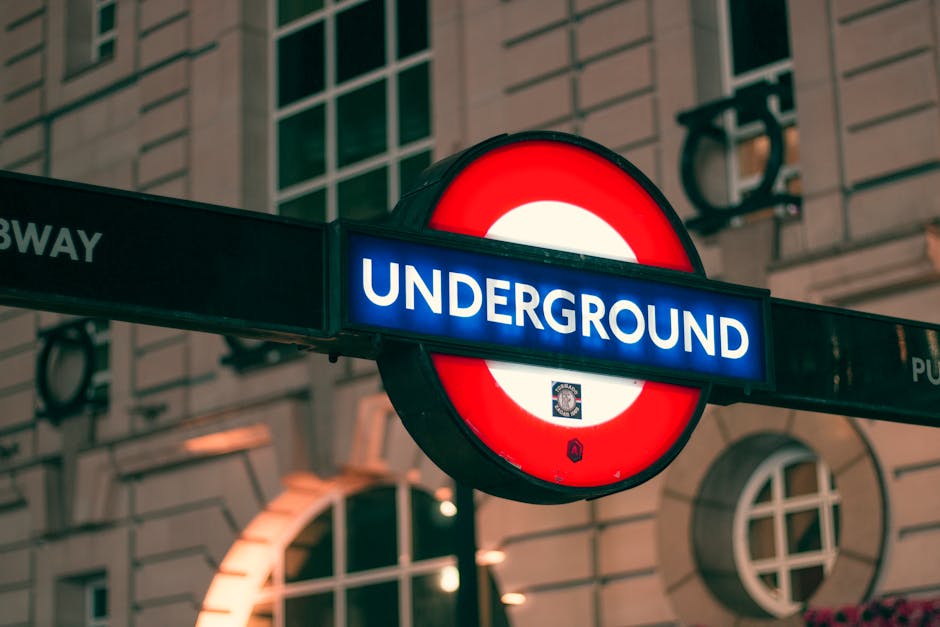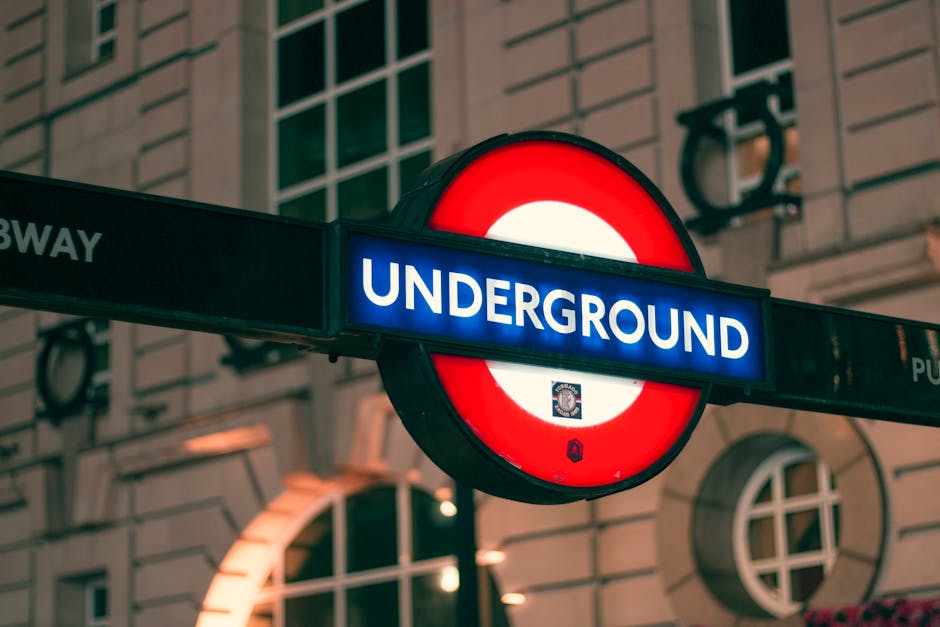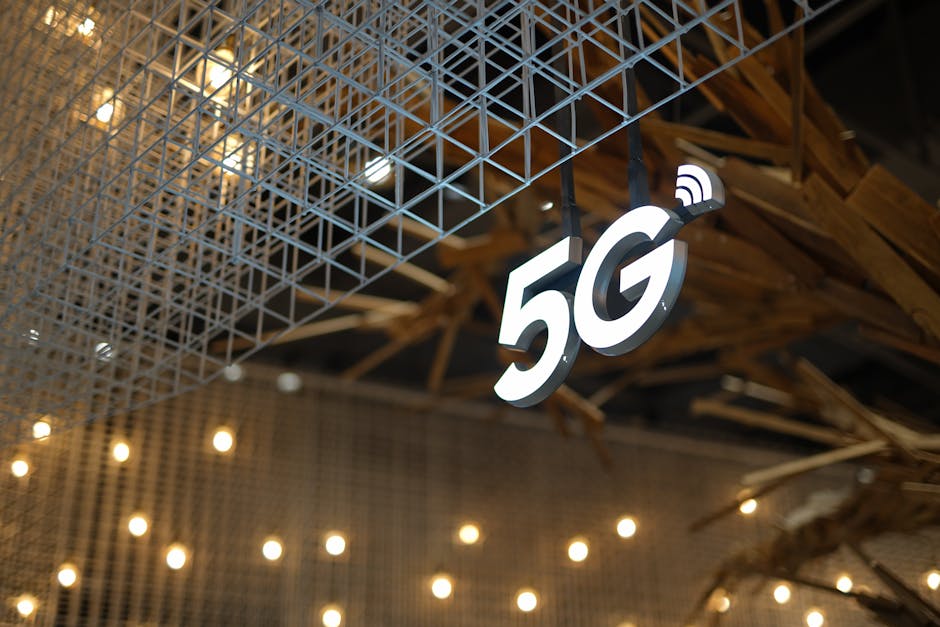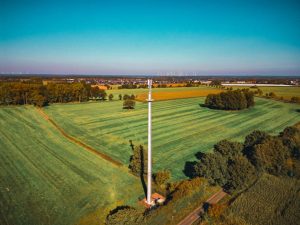Vodafone and Three’s 5G Vision: Challenges and Developments in the UK Telecom Industry

The UK telecom industry is abuzz with developments as Vodafone and Three finalize their merger, aiming to revolutionize 5G connectivity across the nation. The ambitious goal, supported by an £11 billion investment plan spread over a decade, promises nearly nationwide 5G coverage by 2034. However, questions loom over the feasibility and effectiveness of their plan. By the time their 5G network reaches full maturity, it might already be competing with the era of 6G technologies. Analysts and industry watchers are cautiously optimistic but remain concerned about the challenges that lie ahead.
The UK’s 5G Readiness Faces Global Ranking Challenges

Pexels
The UK continues to lag in global rankings for 5G availability. A recent study from Ookla placed the UK seventh-to-last among 30 countries for network performance. While VodafoneThree’s merger is presented as a major catalyst for 5G growth, the timeline for their nationwide rollout appears uncomfortably protracted compared to competitors like BT’s EE. BT has confidently committed to achieving similar nationwide 5G coverage by 2030, four years ahead of VodafoneThree’s projections—raising questions about VodafoneThree’s competitiveness in the long term.
One of the notable innovations in BT’s roadmap includes advancements in massive MIMO radio technology. By leveraging Ericsson’s AIR 3284 triple-band radios, EE is boosting uplink capacity and utilizing frequency division duplexing (FDD) systems. This approach is well-suited to BT’s extensive spectrum holdings between 1.4GHz and 2.6GHz, which provide a strategic advantage in delivering robust coverage across different terrains. In comparison, VodafoneThree’s reliance on higher-frequency 3.5GHz spectrum may pose significant deployment challenges, particularly in terms of penetration and signal reach.
VodafoneThree’s Dependency on Network Partnerships

Pexels
The merger of Vodafone and Three has created a complex operational landscape marked by significant dependencies. While the combined entity is expected to consolidate site numbers to approximately 26,000 post-merger, their reliance on infrastructure-sharing agreements brings additional complications. Specifically, Beacon, the joint venture with Virgin Media O2 (VMO2), plays a pivotal role in VodafoneThree’s site utilization and overall network footprint. This partnership has drawn scrutiny from regulators, especially as it essentially creates a two-network infrastructure system in certain regions of the UK.
An added obstacle for VodafoneThree is the mandatory replacement of Chinese Huawei equipment across its network. Unlike BT, which has long replaced Huawei with Ericsson and Nokia, VodafoneThree faces significant costs and logistical challenges in transitioning to compliant vendors. With over 7,000 Huawei sites requiring upgrades, coupled with replacing Ericsson and Samsung components, the financial and operational burden could impede the aggressive timeline previously outlined.
The Road Ahead for UK’s Telecom Future

Pexels
While VodafoneThree’s ambitious merger and investment plans lay the groundwork for a transformative 5G experience, they must address numerous hurdles to succeed. From navigating spectrum inefficiencies to overhauling vendor equipment, the path ahead is fraught with economic and technological challenges. At the same time, the push for advanced 5G connectivity has spurred competition. BT’s robust approach, leveraging next-generation radio technology and strategically utilizing mid-band spectrum, presents a viable alternative, likely to capture market leadership earlier than VodafoneThree.
The larger picture also involves the global race for advanced connectivity. With 5G technology expected to serve as the backbone of next-generation solutions like AI-driven networks and IoT ecosystems, timely deployment is critical. The UK telecom sector must step up its pace collectively to remain globally competitive and meet the rising expectations of businesses and consumers alike.




